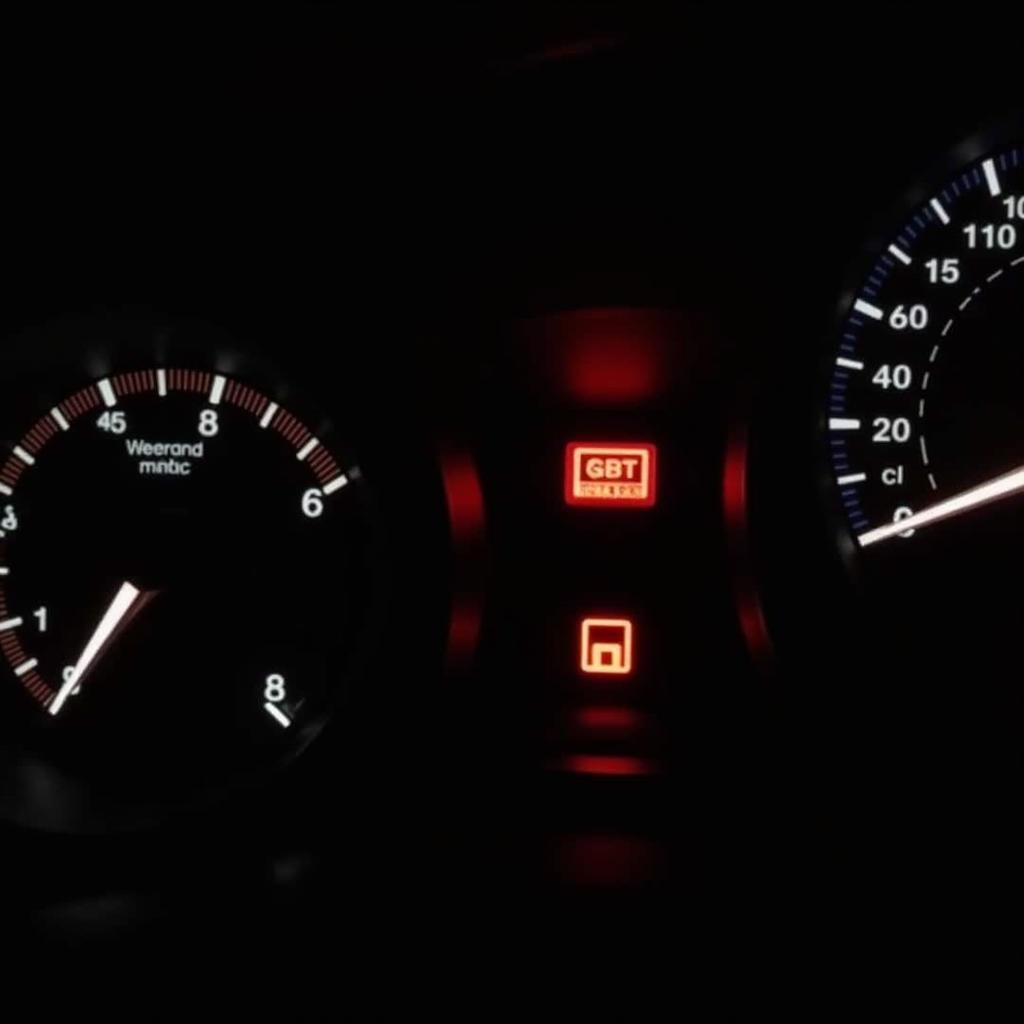A failing alternator is a common culprit behind a dead car battery. If you’re asking yourself, “would a bad alternator drain the battery?”, this article provides a comprehensive guide to understanding the relationship between your alternator and battery, diagnosing problems, and finding solutions. We’ll delve into the telltale signs of a faulty alternator, explain how it impacts your battery, and offer expert advice on troubleshooting and repairs.
A car’s electrical system is a delicate balance, with the alternator and battery playing crucial roles. The alternator, driven by the engine, generates electricity to power the car’s accessories and recharge the battery. The battery, in turn, provides the initial power to start the engine and acts as a reservoir of electrical energy. When one component falters, the entire system can be affected. A failing alternator can indeed drain your battery, leading to a frustrating no-start situation. Let’s explore this relationship further.
How a Bad Alternator Drains Your Battery
A healthy alternator constantly replenishes the battery’s charge while the engine is running. However, a failing alternator can’t produce sufficient electricity, forcing the battery to shoulder the entire electrical load. This continuous drain eventually depletes the battery, leaving you stranded. A faulty alternator can manifest in various ways, from a dim or flickering headlights to a complete system failure. Is your alternator or battery bad? That’s a question we will address.
Signs of a Failing Alternator
Recognizing the symptoms of a failing alternator can save you time, money, and a lot of headache. Here are some key indicators to watch out for:
- Dim or flickering headlights: As the alternator struggles to generate power, your headlights may dim, especially at idle or when using other electrical accessories.
- Warning lights: The battery or charging system warning light on your dashboard is a clear indication of a potential alternator issue.
- Strange noises: A failing alternator can produce whining or grinding sounds due to worn-out bearings.
- Electrical issues: Problems with power windows, radio, or other electrical components can point towards a failing alternator.
- Difficulty starting or stalling: As the battery drains, starting the car becomes increasingly difficult, and the engine may stall while driving. If you are experiencing a car starting problem with a new battery, the alternator could very well be the cause.
 Car Dashboard Showing Warning Lights
Car Dashboard Showing Warning Lights
Diagnosing a Bad Alternator
Several tests can confirm a bad alternator. Using a multimeter to check the battery voltage with the engine off and then running is a common method. A low voltage reading while running suggests a failing alternator. If your car battery wont jump start, it’s another sign that the problem might be more than just a dead battery. This might point towards a more serious battery alternator problem.
What to Do if Your Alternator is Bad
Replacing a faulty alternator is often the best solution. While some alternators can be rebuilt, replacement is generally more cost-effective and reliable. It’s crucial to address the issue promptly, as a failing alternator can lead to more serious electrical problems and leave you stranded. If your battery not dead car won’t start, consider a bad alternator as a possible cause.
“A failing alternator can cause a cascade of issues, from a dead battery to damage to other electrical components. Prompt diagnosis and repair are essential to prevent further damage,” says John Smith, ASE Certified Master Technician.
Maintaining Your Alternator and Battery
Regular maintenance can prolong the life of your alternator and battery. Ensuring proper belt tension, keeping the battery terminals clean, and avoiding excessive electrical loads can help prevent premature failure.
“Preventive maintenance is key to a healthy electrical system. Regular checks and timely repairs can save you from unexpected breakdowns and costly repairs down the line,” adds Jane Doe, Automotive Electrical Systems Engineer.
Conclusion
So, would a bad alternator drain the battery? Absolutely. A failing alternator can’t recharge the battery, leading to a complete drain and a no-start situation. By recognizing the symptoms, performing proper diagnostics, and addressing the problem quickly, you can keep your car running smoothly and avoid unexpected breakdowns. Regular maintenance also plays a vital role in the longevity of your car’s electrical system.
FAQ
- Can I drive with a bad alternator? You can drive a short distance, but the battery will eventually drain, leaving you stranded.
- How long does an alternator typically last? Alternators typically last between 7 and 10 years, but this can vary depending on driving conditions and usage.
- How much does it cost to replace an alternator? The cost varies depending on the make and model of your vehicle but typically ranges from $300 to $700.
- Can I test my alternator myself? Yes, you can use a multimeter to test the battery voltage with the engine off and running.
- What causes an alternator to fail? Common causes include worn-out bearings, damaged diodes, and excessive heat.
- Can a bad battery cause alternator problems? While a bad battery won’t directly damage the alternator, it can put extra strain on it, potentially leading to premature failure.
- What is the difference between an alternator and a generator? While both generate electricity, alternators produce alternating current (AC), which is then converted to direct current (DC), while generators produce DC directly.


